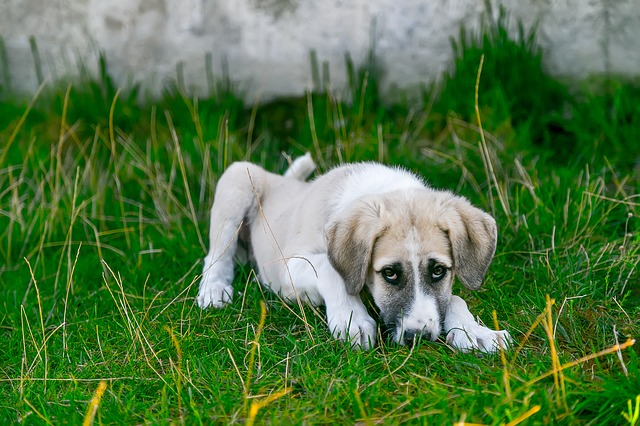During the last two months the number of confirmed positive canine parvovirus cases have been steadily climbing at TEARS Animal Rescue in Sunnydale, Cape Town. Other welfare groups also confirmed similar cases, which is sufficient evidence to believe there may be an outbreak.
“We believe that the Covid restrictions played a large part to this problem, where welfares were restricted to reach their communities to deliver vaccinations for pets in the area. Pet owners are financially constraine, out of work, and barely have enough means to support themselves, let alone feeding their dogs and cats and getting vaccinations done for them,” TEARS said in a statement.
The Canine Parvovirus is also commonly referred to as “kat griep” or “cat flu” this sometimes confuses people into thinking cats are spreading the virus, which is why welfare organisations only refer to the disease by its causing agent and generally speak about animals having “Parvo”.
Parvovirus is a single stranded DNA virus with three distinct strains. It is a highly contagious disease that can very easily spread and last for months to even years in the environment. It requires relentless and persistent vaccinations for all animals to manage these diseases.
Due to aggressiveness of the virus, the TEARS Welfare Clinic advises to vaccinate puppies four times, three to four weeks apart, starting as early as six weeks old.
Their ideal schedule remains to vaccinate all puppies at six weeks, nine weeks, and 12 weeks with the last vaccine at 16 weeks of age.
The parvo virus attacks the immune system that is also located in the puppies’ intestines, hence the general symptoms of vomiting and diarrhoea.
The most common symptoms are listed here, but it is important to remember that the puppies may only show one symptom initially and it could be very vague. Therefore any puppy that is not eating or seems listless should be seen by a veterinarian within four hours of the symptoms.
Symptoms of Parvo:
- Vomiting
- Severe, bloody diarrhoea
- Lethargy / Listlessness (Not wanting to play with other puppies)
- Anorexia (Not wanting to eat)
- Fever
- Weight loss
- Weakness
- Depression
- Dehydration
- Collpase
Current Challenges with positive cases presently:
Certain breeds and types of dogs are more susceptible to parvovirus infection or show more severe illness once infected. These include Rottweilers, Doberman Pinschers, Labrador Retrievers, German Shepherds, Bull Terrier breeds, and Alaskan sled dogs. There have been a high number of these breeds in local communities.
As mentioned, due to Covid animal owners can’t afford veterinary care even as simple as vaccinations and this left community animals at risk for infections.
A positive animal could be shedding the virus for two weeks (14 days) without showing symptoms and someone believing they have a healthy puppy may spread the virus unknowingly.
Furthermore, should a puppy contract parvo, receive treatment and survive, it can continue to shed the virus for approximately one month (there have been articles reporting three to six weeks of active shedding).
The virus can be spread with “fomites” meaning dead materials like clothes and shoes could spread the virus as well, and not just the usual direct and indirect routes between dogs.
Direct virus exposure is if a puppy licks infected vomit or stool from a sick animal, and indirectly from an active shedder (smelling a recovered dog’s behind) or if being touched by an owner that may have touched another ill puppy.
Pearls of wisdom:
– Always vaccinate your puppy (four times, three weeks apart)
– Do not touch a stranger’s puppy and then yours without washing your hands, clothes and shoes
– Do not take your puppy to public places until two weeks after the last vaccination at 16 weeks old
– Keep puppies in your yard at all times until fully vaccinated (before taking to the beach or park)
– DO NOT GET A NEW PUPPY if you lost a puppy to parvo for at least one YEAR
– Do not allow unvaccinated animals into your property
– For all dogs (and cats) continue their vaccination schedule annually (more so in highly infectious areas and closed living communities)
– Puppy training and puppy school properties are usually considered “safe” after the second vaccine schedule
– Always speak to your own veterinarian for the best advice
Always check on your puppy, feed it three times per day until it is six months old. By checking on your dog regularly, you can identify problems sooner and seek veterinary care at first sign of illness. Whether the puppy is being listless, not wanting to eat, “not itself”, showing signs of vomiting or having a diarrhoea.
Picture: Pixabay

